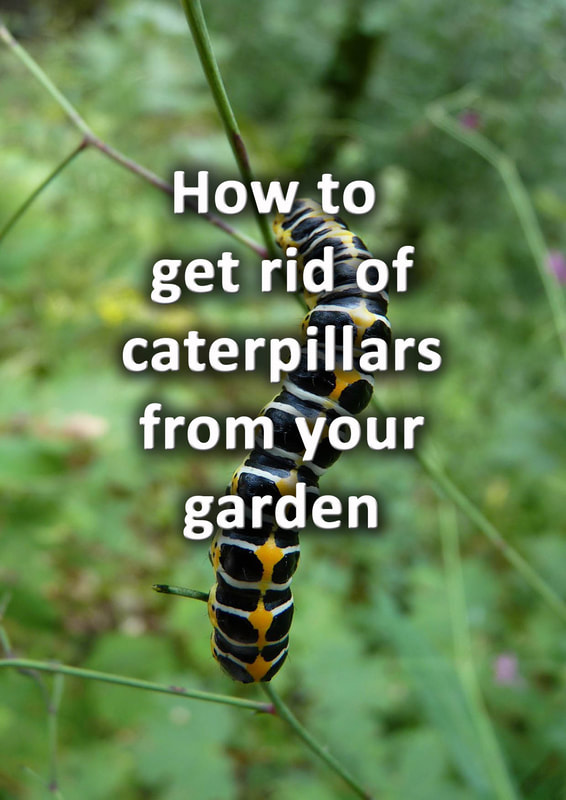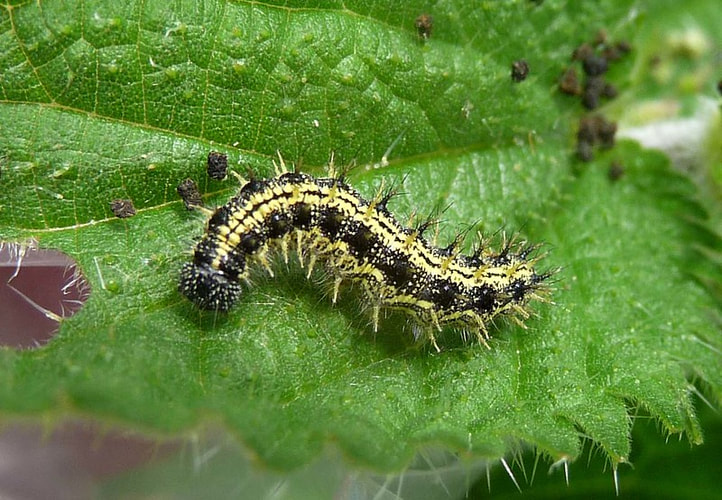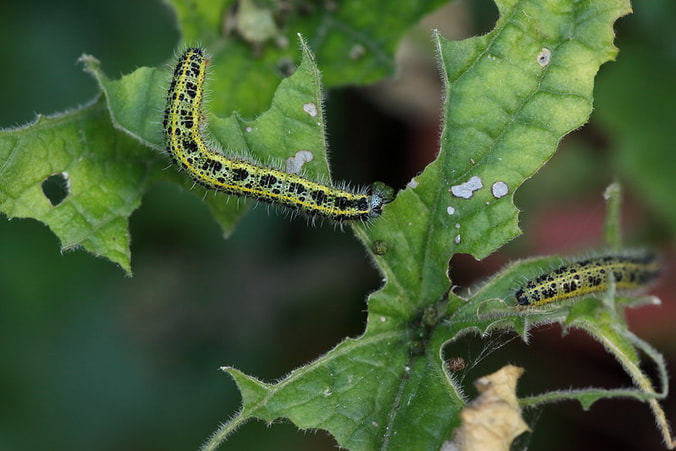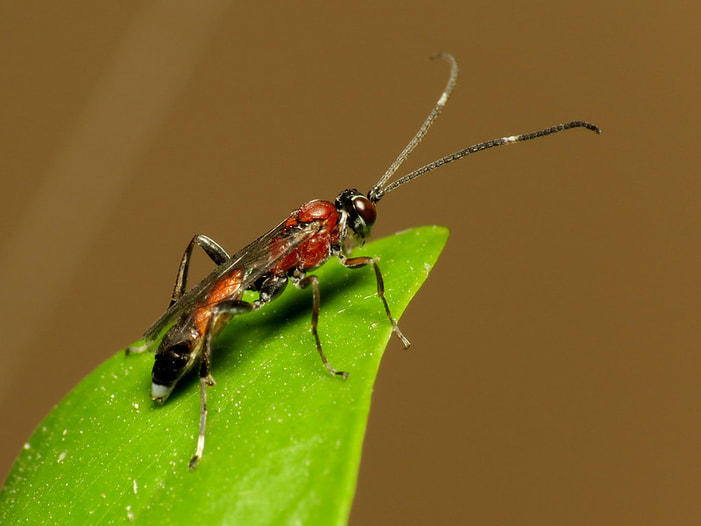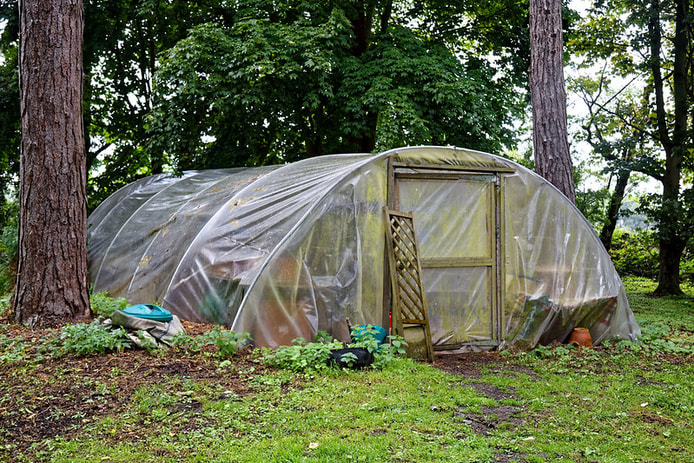|
This article contains affiliate links
Gardeners are generally used to dealing with the random nature of the outdoors. One of the main allures of growing plants is not everything is always within your control.
However when you lose an entire crop or favourite plant to caterpillars, it can be quite gut wrenching! Caterpillars although generally common can be seasonally inconsistent with their destruction. Some years you hardy notice any while other seasons they wipe out everything before you know they are there. This actually makes Caterpillars one of the most difficult garden pests to deal with! However one thing is for sure, if you like to grow any one of the cabbage family you must be armed and ready.
One of the most famous of offenders is the Cabbage White or Cabbage Looper. These white butterflies fly around in summer seeking out Brassicas to lay their clusters of eggs.
Once hatched caterpillars can devastate expansive areas of plants which rarely recover. Hence it is no surprise that most gardeners want to get rid of caterpillars from their garden fast. In this article we will lay out 20 ways to get rid of caterpillars from your garden. Understanding garden caterpillars
Caterpillars are the larvae stage of development for moths and butterflies. These tubular, grub like, creatures are the intermediate stage between egg and adult. Caterpillars have evolved over millions of years to consume plants quickly. This is to ensure rapid development into a flying adult as quickly as possible. Caterpillars are vulnerable to numerous predators and rely mainly on camouflage for defence. It is very typical for one species of caterpillar to specialise in one species of plant. This enables them to take advantage of a whole locality where one particular plant is common. This is why caterpillars have become a woeful advisory among crop growers and vegetable farmers. Are caterpillars dangerous?
Generally caterpillars are not dangerous or poisonous but some are. In the UK there are two species which are can be toxic and cause skin irritation. These are the caterpillars of the Brown-Tail and Oak processionary moth. Most of the time people will not be able to differentiate between dangerous caterpillars or safe. Therefore if they are large, colourful or hairy it is best to leave them alone. As butterflies can be carried many miles on prevailing winds transitory exotics are always possible. This is particularly so with a trend of milder winters and hotter summers. 20 Ways to get rid of caterpillars from your garden naturally
Most of the time the only way to get rid of caterpillars successfully is with a multipronged approach. This is why we have listed 20 methods you can employ to eliminate garden caterpillars whenever they appear. 1. Create an organic spray repellentA good way to put off caterpillars eating your plants is to create a repelling organic spray. Put some olive oil in a pan and fry some finely chopped garlic and hot chillies. Then take off the heat and add a little of water, stir in some extra hot chilli powder and turmeric powder. Bring to the boil and then allow to cool. When the mixture has cooled down, strain it using a fine strainer and add to a spray bottle. Spray the plant regularly and if you see caterpillar damage keep spraying until the damage stops. 2. Bacillus Thuringiensis
Bacillus Thuringiensis is a type of naturally occurring bacteria which lives in the soil. The bacteria create toxic proteins which are deadly to the caterpillars of moths and butterflies. This bacteria is now readily available from retails with species specific applications available. 3. Cedar wood chippings
Cedar wood chippings are a landscaping bark material with pest repellent qualities. The wood emits acid and hydrocarbons which deter pests like moths. The chippings have a distinctive smell and also look good. However being spread at ground level these may not be as effective for caterpillars feeding on taller plants. 4. Scrape off caterpillar eggs
Caterpillar eggs present themselves as small, tubular, egg clusters attached the underside of leaves. With some regular inspection regimes these can be identified on vulnerable species before they hatch. If you do discover egg clusters scrape them off the leaf and squash them. 5. Collect caterpillars by hand
No matter how keen an eye you have you may not be able to locate egg clusters as they hatch. Therefore it is common to only know you have a problem when the caterpillars are already present. This is an important period! If you wage continuous vigilance during this time you can collect most caterpillars. You will have to check your plants at least once a day! Collect caterpillars by hand as you find them and get rid of them. 6. Neem oil
Neem oil is produced from the seeds of Neem trees and has natural insecticide qualities. The aromatic oil is harmless to plants and animals which makes it popular with organic gardeners. There are now Neem oil pest solutions available from retailers but you can mix your own. Simply spray your plants to repel caterpillars and other pests. 7. Encourage beneficial insects
One of the biggest problems gardeners face is the lack of predatory insects to consume pests. Caterpillars are a favoured food source for many species being rich in protein. A great way to get rid of caterpillars is encourage the species which eat them into your garden. This can be done with log piles bee hotels and growing specific plants. Ladybirds, parasitic wasps and ants will all feed upon caterpillars. 8. Encourage birds
The most ruthless caterpillar predators are garden birds like finches and blue tits. Birds have great eyesight and large appetites particularly when raising young. Try to encourage as many birds into the garden as possible. This can be done by providing bird baths, bird boxes and providing supplemental food during the winter. 9. Hessian strips
Hessian strips can be used to trick caterpillars into thinking they have found a good hiding place. During the heat of the day caterpillars like to escape the sun and crawl into crevices. By wrapping strips of hessian around affected plants you can collect them every couple of days. 10. Glue traps
Another way to capture caterpillars is by using glue strips. Normally these are used to immobilise insects but can also be used for caterpillars. The glue straps can be cut into strips and wrapped around the stems of affected plants. Make sure the sticky part of the strip is facing outwards. 11. Intercropping
A great way to confuse butterflies when they are laying their eggs is by intercropping. This is where you combine multiple crops in one growing bed. This can make it difficult for butterflies to locate ideal egg laying plant species and fly straight past. 12. Companion plantingCompanion planting is where you grow plant species together which have a mutual interest. Normally one plant is planted with plants which repel the others specific pests. For example carrots can be planted next to alliums as they repel carrot root fly. There is much literature available online regarding this subject. 13. Low species density
Butterflies and moths like to lay their eggs in places that have plenty of suitable food plants. It is easy for them to identify such vicinities with so many plants of one species. However if your plants and crops are at low densities they are more difficult to locate. For example try to grow your cabbages in multiple locations. This way you have more chance of hiding them from moths and butterflies. 14. Grow pungent smelling plants
Butterflies and moths like to stay away from plants with strong smelling foliage. This is particularly so for typical herbs used in cooking and teas. Hence creating a herb garden near species which may be affected by caterpillars is a good idea. Some effective herbs are Pennyroyal, Peppermint, Lemon balm, Sage, Rosemary and Basil. 15. Grow plants caterpillars do not like
There are very good examples of particular plants which are specifically targeted by certain species of caterpillar. The Box Tree Caterpillar has become noteworthy in recent times for its devastating effect on common box. The Berberis Sawfly is another caterpillar which famously devours whole Berberis bushes bare. 16. Diatomaceous earth
Diatomaceous earth is a type of sedimentary rock formed from fossilised algae. When ground into a fine powder its particles can immobilise garden pests. It does this by penetrating their bodies and clogging the mechanics of their exoskeletons. This organic powder is effective at eradicating caterpillars from treated plants. Simply dust plants that show any sign of caterpillar damage. 17. Grow sacrificial plants
Sometimes it is very difficult to successfully fight nature head on and win. Butterflies and moths have an amazing ability to slip through our man made defences. Therefore it is sometimes sought to grow some sacrificial plants especially for caterpillars. This allows you to dilute the threat and concentrate pest control in specific locations. 18. Growing tunnels
You may be in a situation where you are sustaining catastrophic losses from caterpillars. In such cases extreme measures may be necessary. If your crops are being ravished it may be a good time to cover them over. Growing tunnels are a great way to block out butterflies and moths from your crops. These can be cloche like tunnels with fine netting or polytunnels, both are effective. 19. Soapy water
There has been some debate on if soapy water does actually stop caterpillars from feeding on plants. Some have theorised that the detergents in soap can break down their waxy skin cells. However there is not much evidence for this. Soapy water when applied wet to plants does cause caterpillars to fall from plants. This is probably because they lose their grip on the foliage. It is probably a good idea to add it to other caterpillar repelling mixtures. 20. Vinegar sprayVinegar has a natural ability to repel most small creatures it comes into contact with. This is no less the case with caterpillars! Therefore this can be sprayed directly onto effected plants or added to solutions with other repelling effects. The great thing about vinegar is it is organic and is readily broken down by nature.
Thank you for reading our article on how to get rid of caterpillars from your garden. If it helped you in your search please feel free to share it via the tabs below! This really helps us to write more helpful content in the future. Thank you!
'As an Amazon affiliate I earn from qualifying purchases'
0 Comments
Leave a Reply. |
The Author
|
Landscaping services across Buckinghamshire, Amersham, Aylesbury & High Wycombe
Hyde Heath, Amersham, Buckinghamshire |
|
